
A new report found that 9 of 10 small- to midsize businesses are not sure they will be able to provide health benefits to their employees in the near future.

A new report found that 9 of 10 small- to midsize businesses are not sure they will be able to provide health benefits to their employees in the near future.
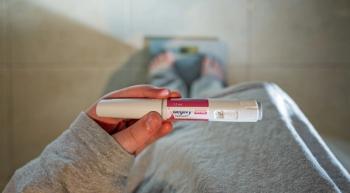
Rising prescription drug costs challenge US health care, prompting calls for reform and innovative solutions to enhance affordability and access for patients.

In this study, total flares were investigated for their propensity to predict atopic dermatitis disease severity among adult patients.

New research reveals how triple-negative breast tumors use fatty tissue to fuel growth, highlighting the role of gap junctions in tumorigenesis.

James D. Chalmers, MBChB, PhD, explains that the ASPEN trial findings show that brensocatib reduces exacerbations, slows lung function decline at higher doses, and offers clinicians a long-awaited evidence-based treatment option.

A new TIAA Institute report says solving workforce shortages with smarter hiring, training, and artificial intelligence could ease the rising demand for care from an aging population.

Employers explore glucagon-like peptide-1 (GLP-1) therapies' impact on health benefits, showcasing accountability and data-driven strategies in Philadelphia, Pennsylvania, and Wilmington, Delaware, for sustainable health programs.

AI enhances mammography by reducing radiologists' workload by 40% while maintaining accuracy in breast cancer detection, according to recent research.

A UK cohort study finds socioeconomic deprivation in early life is tied to greater eating disorder symptoms in adolescence, with barriers to care.

Climate-related disasters threaten US drug production, highlighting vulnerabilities in the pharmaceutical supply chain and the urgent need for strategic planning.

A panel held during the Institute for Value-Based Medicine event in Chicago on August 14, 2025, included discussions of access to biomarker testing and perioperative treatment in patients with non–small cell lung cancer (NSCLC).

Explore how payers and providers collaborate to enhance value-based care, tackle rising costs, and improve patient outcomes in today's health care landscape.

Lauren Wisk, PhD, discusses the implications of an all-inclusive long COVID definition and its application in clinical practices.

A novel image-based deep learning approach achieves high accuracy and interpretability, offering potential for clinical decision support.

Definitive conclusions regarding the association between semaglutide and nonarteritic anterior ischemic optic neuropathy could not be established.
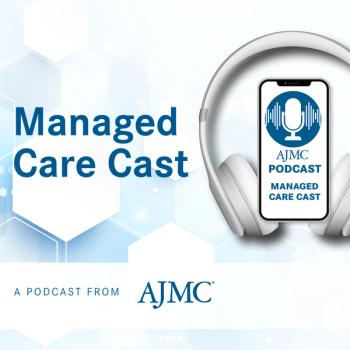
Breast cancer is the second most common cancer among women and the second leading cause of cancer-related deaths among women in the US. In light of Breast Cancer Research Awareness Day, The American Journal of Managed Care® breaks down the most recent advancements in breast cancer prevention, screening, and therapies.
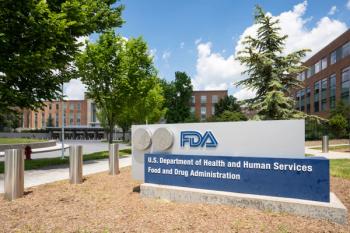
Today, the FDA issued a complete response letter (CRL) for vatiquinone (PTC Therapeutics), delaying its potential approval as a treatment for Friedreich ataxia amid efficacy concerns.
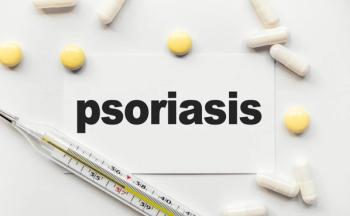
National Psoriasis Awareness Month offers an opportunity to examine how advances in systemic therapy, combined with patient-centered care models, are reshaping the treatment landscape.

Research reveals a significant decline in reported conflicts of interest among the CDC's and FDA's vaccine advisory committees, challenging Robert F. Kennedy Jr's claims.
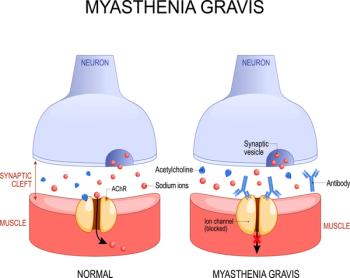
Despite nurses often being the first health care workers many patients encounter, they frequently lack adequate tools to optimally evaluate their patients’ conditions, as in the case with myasthenia gravis and being able to predict patients at risk of myasthenic crisis.

AI-enhanced mammograms have potential to improve breast cancer screenings, facilitating early detection and empowering women's health decisions.

The FDA approved zopapogene imadenovec, the first therapy for recurrent respiratory papillomatosis, providing an option beyond repeated surgeries to manage the rare condition.

Public awareness of human papillomavirus (HPV) and its link to cervical and oral cancers is alarmingly low in the US, especially in the Midwest and South.

There is a low but increased risk of optic nerve disorders in patients with type 2 diabetes prescribed semaglutide or tirzepatide, according to a large cohort study.

Young transgender adults had increased adherence to long-acting pre-exposure prophylaxis (PrEP) when adherence was confirmed via blood testing and incentives were delivered in cash.

This approval brings the total to 4 of medications approved to treat fibromyalgia; in addition to cyclobenzaprine HCl sublingual tablets (TNX-102 SL; Tonmya; Tonix Pharmaceuticals), there are pregabalin (Lyrica; Viatris), duloxetine (Cymbalta; Eli Lilly), and milnacipran (Savella; AbbVie).

The American Journal of Managed Care spoke with Lauren Wisk, PhD, about her recent study aimed at assessing various definitions of long COVID and how a standard definition might aid physicians in clinical practices.

Approval was based on part 1 of the ESSENCE trial, with part 2 results expected in 2029.

Combining perioperative comfort care with targeted operating room nursing reduces stress, pain, and recovery times in patients with colorectal cancer, according to one study.

A new national poll puts on full display the concerns of many parents that their children’s mental health and physical health are worsening, and that social media leads the way as a top cause.

259 Prospect Plains Rd, Bldg H
Cranbury, NJ 08512
© 2025 MJH Life Sciences®
All rights reserved.
